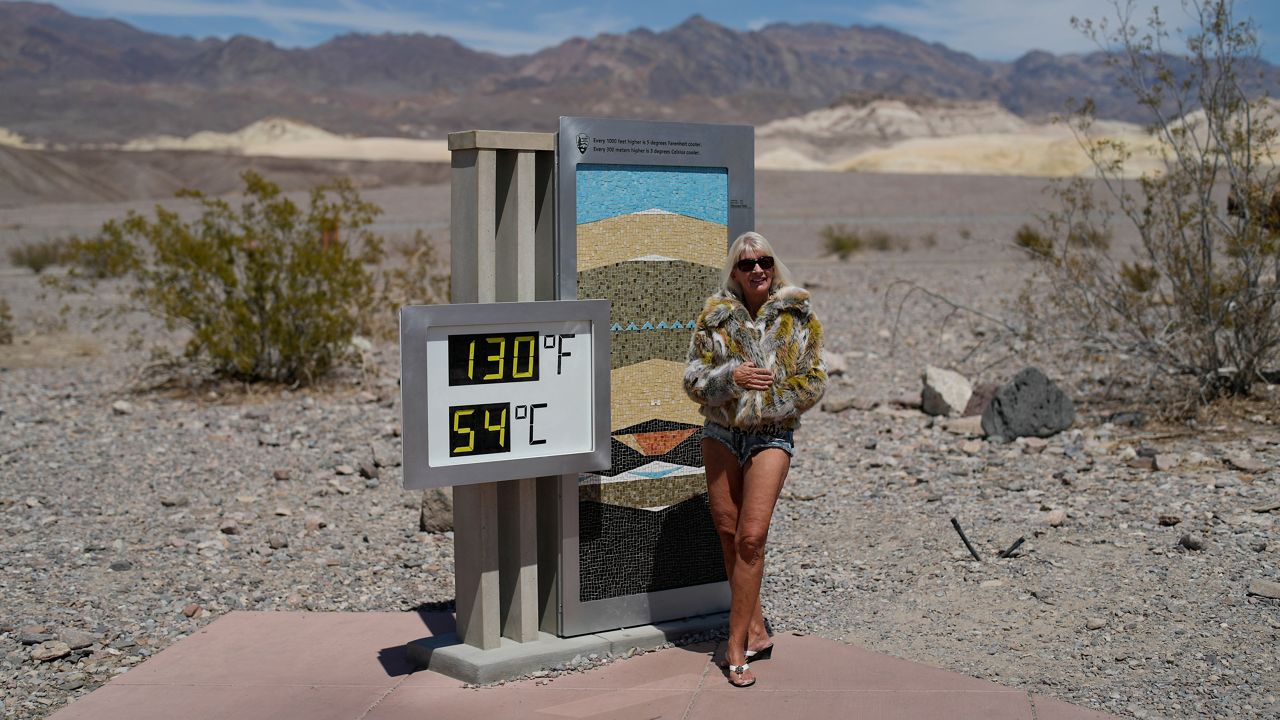As high temperatures continue to engulf much of the country, researchers with the Union of Concerned Scientists say more national parks across the country are experiencing heat alerts.
On Thursday, 117 national parks are under heat alerts in 24 states and territories. Since May, 77% of the country’s 423 national parks have experienced at least one alert about extreme heat.
Organ Pipe Cactus National Monument in Arizona and Chamizal National Memorial in Texas have seen more than 32 heat alerts so far this summer. The months between May and October are already considered “danger season,” when extreme heat isn’t only worse than other times of year but more common.
“You don’t have to be miles and miles into the backcountry before the heat can turn deadly, and sometimes bad decisions can put a person in a dangerous situation when it comes to heat,” the UCS said in its report.
Some of the country’s most prized national parks are already located in some of the hottest places in the United States, including Death Valley, which recently hit 128 degrees and claimed the life of a 71-year-old hiker last week. Five people are suspected to have died from extreme heat in national parks since June, including a man and his stepson who died while hiking in 119-degree heat in Big Bend National Park in Texas last month.
“Heat illnesses are insidious because the symptoms can creep up on you, and while you may feel like you can muscle through, particularly if you’re fit, coping with heat is not related to physical stamina,” the report said.
Heat exhaustion manifests in elevated body temperature, dizziness, headache, heavy sweating, decreased urination, nausea, thirst, irritability and fatigue, but heat stroke can happen suddenly and is more deadly. Heat stroke happens when a body gets so hot it is unable to control temperature by sweating. Symptoms include a high temperature of 103 degrees or more, confusion, slurred speech, seizures, fainting and skin that is hot, red, and dry, according to the U.S. Centers for Disease Control and Prevention.
The National Park Service has a web page dedicated to extreme heat preparation before hitting the trials, and many parks also post signs that warn visitors about extreme heat danger and the inability of park rangers to come to their rescue when it is exceptionally hot. But many hikers are continuing to visit parks despite the dire warnings.
Extreme heat is the leading cause of weather-related death in the U.S., killing more people than hurricanes, floods and tornadoes combined in the most years. More than 650 people every year die from extreme heat, according to the CDC.
The Union of Concerned Scientists report comes as scientists say July is shaping up to be the hottest month since recordkeeping began in 1850. Last month broke the record as the hottest month so far. August has historically been the hottest month of the year. Scientists anticipate that 2023 could be the hottest overall on record.



